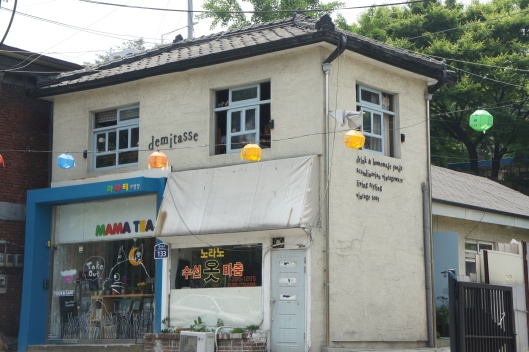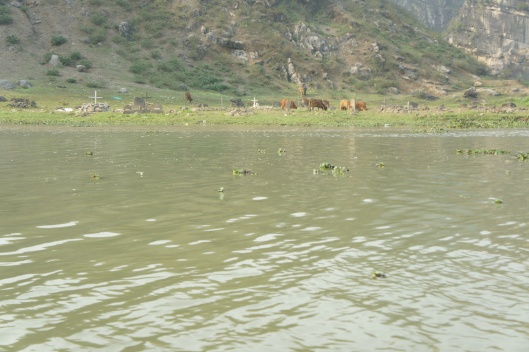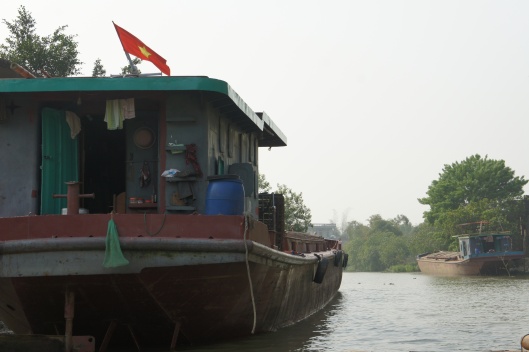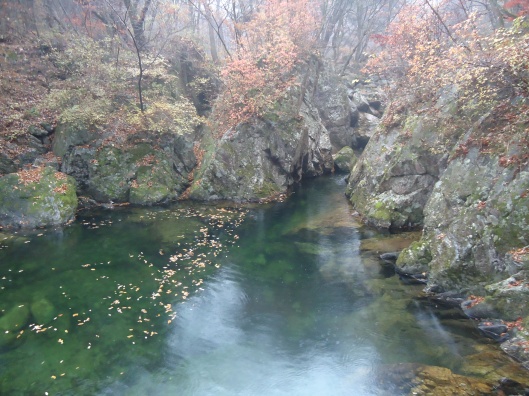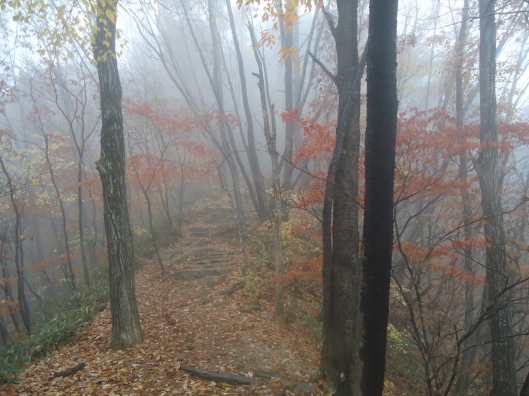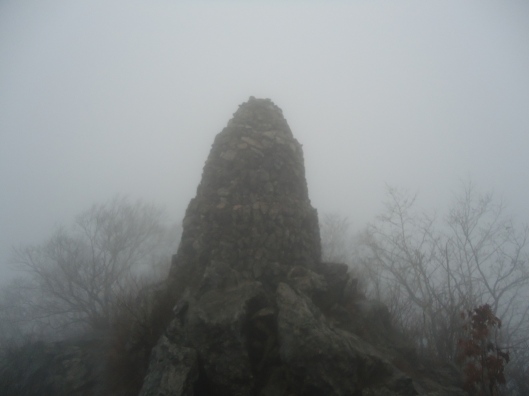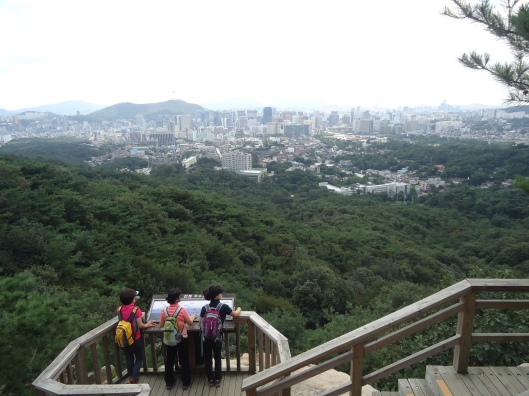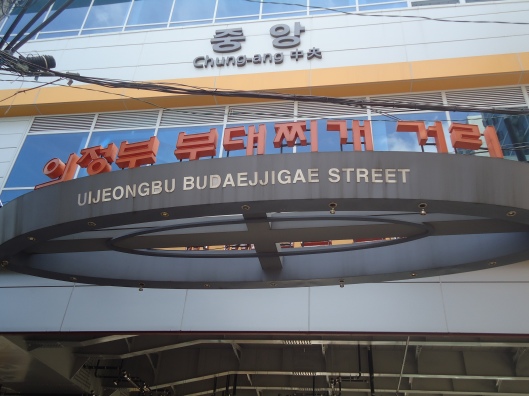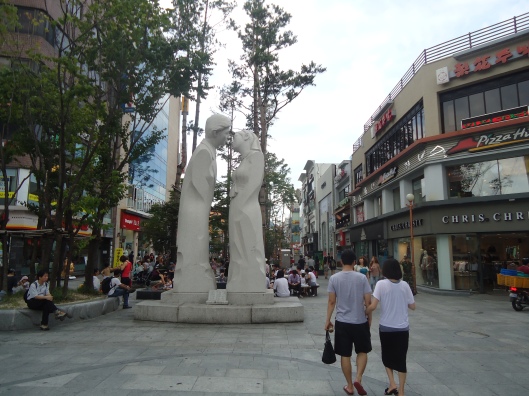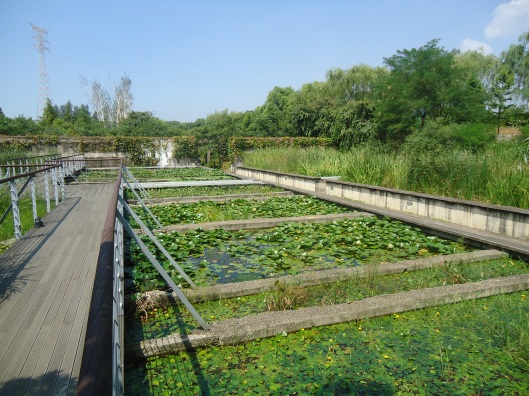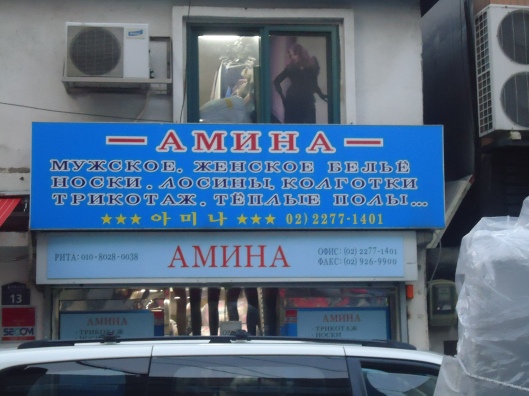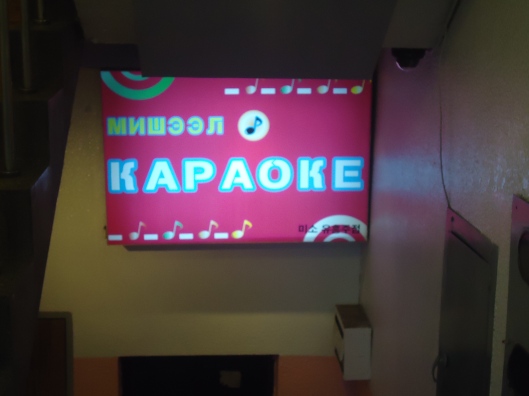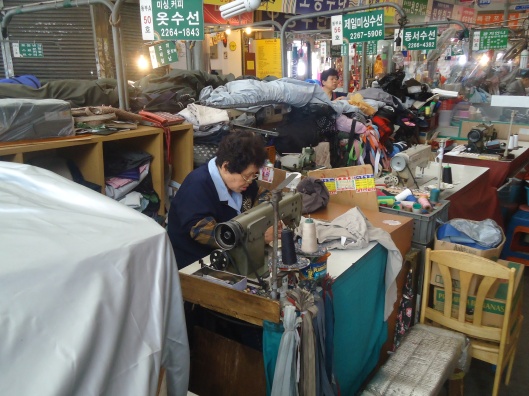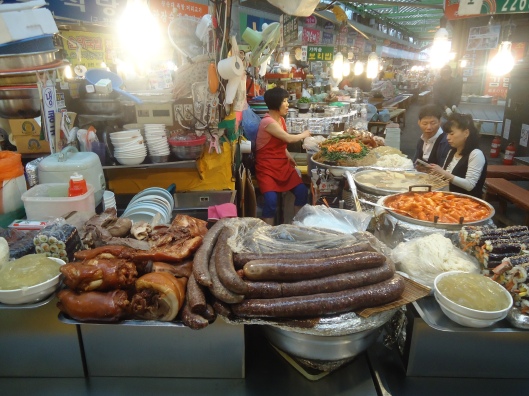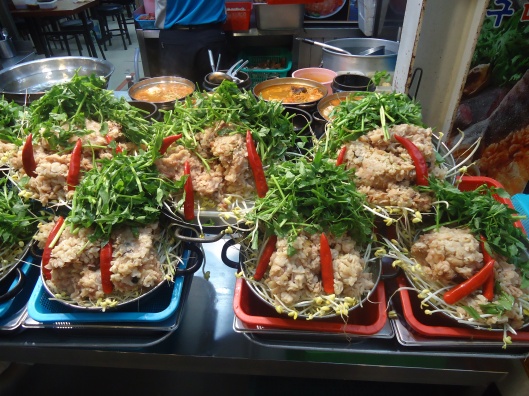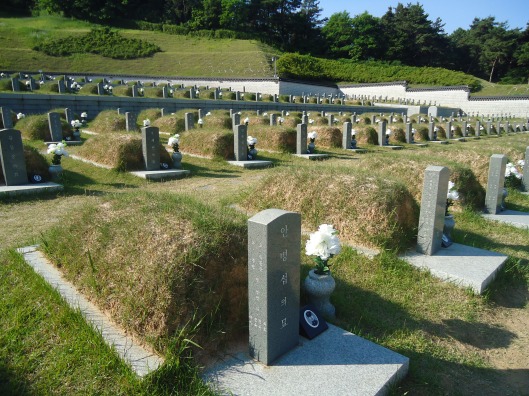 Step onto the street and Hanoi punches you in the ears – the roar of massed motorbike engines, horn blasts, the cries of street vendors – a wall of sound that does not stop until you retreat to a quiet temple or café. Hanoi doesn’t let the visitor sit back and watch the scene with cool detachment; you’re thrown right into the fray. The motorbikes move like schools of tiny, revving fish, flitting through the streets, weaving in and out, so close but never touching, until a car or bus rams through like a predatory shark and scatters them. And for every bike on the road it seems two are parked over the pavement. If the bikes are fish then pedestrians are something as low as plankton; you make your way through as best you can.
Step onto the street and Hanoi punches you in the ears – the roar of massed motorbike engines, horn blasts, the cries of street vendors – a wall of sound that does not stop until you retreat to a quiet temple or café. Hanoi doesn’t let the visitor sit back and watch the scene with cool detachment; you’re thrown right into the fray. The motorbikes move like schools of tiny, revving fish, flitting through the streets, weaving in and out, so close but never touching, until a car or bus rams through like a predatory shark and scatters them. And for every bike on the road it seems two are parked over the pavement. If the bikes are fish then pedestrians are something as low as plankton; you make your way through as best you can.
In Hanoi’s Old Quarter, where most tourists stay, the streets are a twisted, shambling commercial warren of narrow shop fronts: the merchandise and labour spills out onto the street while the houses continue several stories up. Thin, high and with corridor-like rooms that stretch far back, many of these ‘tube houses’ are only wide enough for two or three people, but long enough for twenty. Internal courtyards bring light to the inner rooms, ramshackle balconies are hung with washing and birdcages, windows with painted wooden shutters open out onto the streets far below. It all makes for a vertical life as busy as anything on the street – the shop, the house, the family, the street are all blurred together. Multiple generations live under one narrow roof: if the business grows or someone has a child, another storey is added. You eat, sleep, work and raise your kids in the same space, which spills out onto the street. The casual visitor can’t help but be a witness to many aspects of people’s lives all in once place. And this is one of the best things about Hanoi.
Most of the tourists are French, American or Australian, quite a lot of them middle-aged. At the Hoa Lu prison, more commonly known as the ‘Hanoi Hilton,’ a confused Aussie bloke went up to me and said ‘scuse me, mate, do you speak English?’ ‘Like a native,’ I replied. ‘Is this the Hanoi Hilton?’ I overheard another Aussie couple engaged in an academic debate about Vietnamese politics: ‘Is Vietnam a communist country, darl?’ ‘Reckon, so, yeah.’ Some people should not be issued passports. The French tourists are mostly middle-aged, they wander through the chaotic streets in a daze, wondering why on Earth their ancestors decided to conquer the place, and why their fathers fought so hard to keep it.
You do feel sorry for the French. Spectacularly defeated by the Viet Minh, when they return now to their old Indochina colonies they can’t even use their native language anymore: English has definitely become the lingua… franca of Vietnam. The old colonial power have left their mark in a big way though, and aside from great pastry, the city is filled with beautiful mansions, villas and public buildings, all balconied, columned and dressed in cream and yellow. Most of these buildings are now ministries, museums or the residences of powerful figures in the Vietnamese government. Walk into the streets surrounding the Ho Chi Minh Mausoleum and the uniformed guards, the high gates, the private cars and the leafy, shaded houses all give that solid, definite feeling of power.
The mausoleum itself is definitely a surreal experience. In a solid grey cube-like structure surrounded by white-uniformed guards, Uncle Ho, the hero of modern Vietnam, lies embalmed and on display. The foreign tourists of course find it all very bizarre, with the marching, the giant flags and the screens bursting with patriotic songs, but for the Vietnamese this is serious. Ho Chi Minh, though he ran the North as a brutal police state, was truly an inspiring leader; now in death he is the benevolent, smiling founder of the socialist republic of Vietnam, and his image is everywhere.
On the way into the display room itself I somehow got caught up in a column of marching soldiers, all straight-faced in their flat caps and bright green uniforms. The body sat in the centre of a small room of wall-to-wall black marble, a perfect square with a white guardsman at every corner and four more in the central pit where Ho himself lay behind glass. He looked so fragile and small, his skin a moonish yellow from the embalming, his forehead bald and enormous above a narrow chin with the tiny wisps of his trademark beard. I felt sorry for the old man, he never wanted all this. He died in 1969, before the war had even ended, and what terrible things have been done and said in his name ever since? In death he is whatever the government of the day requires him to be. There are even posters depicting him smiling with a little blonde Anglo-Saxon child on her knee. Bizarre.
The strangest moment came just as I left the silent mausoleum. At the door I looked back for a second and saw the soldiers filing past the body, all uniforms and somber faces in the dark square room. And there was the yellow body sleeping forever behind the glass, and Ho Chi Minh and I were the only ones not in uniform and I could feel the green column of soldiers pressing around me in the enclosed space. In that confined marble space it was for a moment vaguely terrifying, until we left the room and the spell was broken and I took photos of them outside.
Hanoi provides many challenging moments for the visitor. It is both a peaceful, beautiful city of lakes and temples and well-preserved architecture – and a chaotic mess of roaring modern life in a rapidly developing country. It has an endearing, dirty sort of charm, and the longer you spend there the more you appreciate it. But however short or long your time there is, you cannot forget the place.


Ruined temple beside the Dong Xuan market
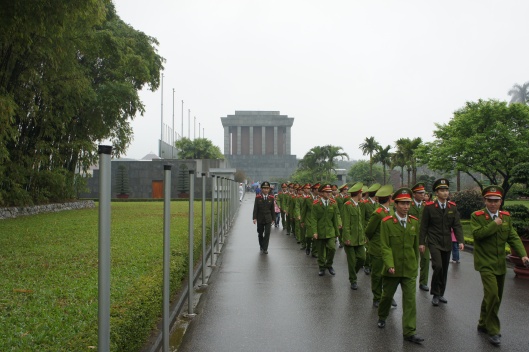
The march outside the Ho Chi Minh Mausoleum - not so scary in the sunlight
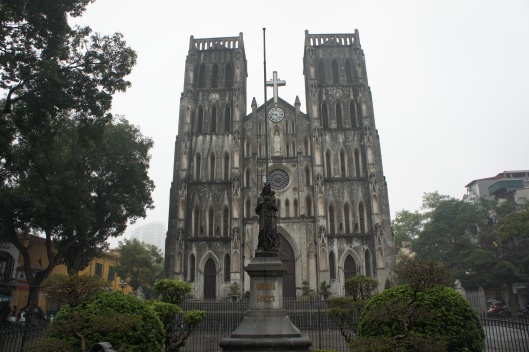
Nha Tho (St. Joseph's Cathedral), an imposing Neo-Gothic cathedral in a quieter part of central Hanoi
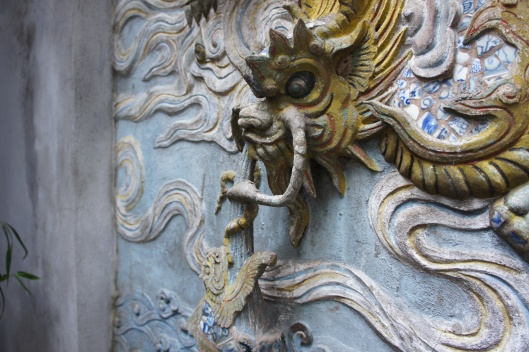
A painted relief flanking the entrance of Quan Thanh Temple



Vietnamese coffee is black and strong, the perfect tonic to power you through the maze of traffic

The Temple of Literature - a peaceful Confucian university dating back to the middle ages

The majestic Metropole Hotel. Neocolonialism never looked so classy

Happy smiling pose to maintain the socialist republic's prosperity

Stained glass window inside St Joseph's Cathedral
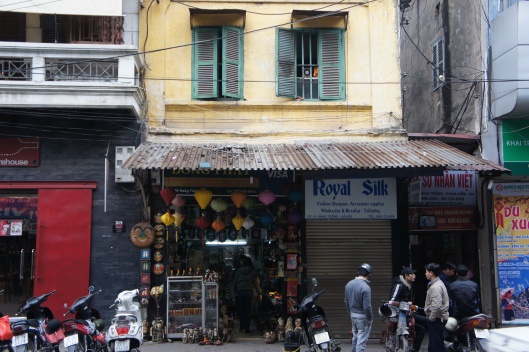

Interesting image in the yard of Hoa Lu Prison, 'the Hanoi Hilton'
 So you’ve lived in Seoul for a while now and you’re sick of the weekend crowds. You want to hang out in a neighbourhood with funky little coffee shops, restaurants, and art galleries. You’re sick of running the tourist gauntlet of Insa-dong. You can’t handle Samcheong-dong’s pouting, posing couples. You’ve come to realise that Hongdae is insane. You need to go to Buam-dong.
So you’ve lived in Seoul for a while now and you’re sick of the weekend crowds. You want to hang out in a neighbourhood with funky little coffee shops, restaurants, and art galleries. You’re sick of running the tourist gauntlet of Insa-dong. You can’t handle Samcheong-dong’s pouting, posing couples. You’ve come to realise that Hongdae is insane. You need to go to Buam-dong.









